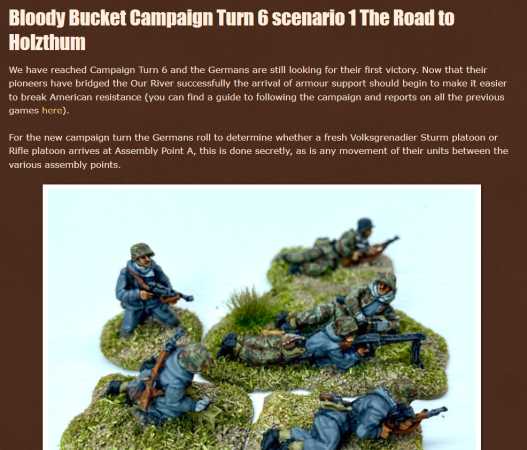To finish the lower-hull, I applied primer and painted the track, roadwheels, and sides of the hull. I did this painting now because once I attached the upper hull, I would not be able to easily paint these components.


While the paint on the hull was drying, I assembled the upper hull, and painted the underside of the fenders. Once the paint was dry, I attached the superstructure.

Completion of the model was pretty straightforward. I applied primer, painted the model with Vallejo German Gray, drybrushed the model, painted the detail items such as tools and tow cable, applied decals, and then gave the model a dark wash.


I wanted to give the model a dusty appearance, and opted to try applying a very light-colored pastel dust to achieve the effect. Unfortunately, the application of an aerosol matte-finish seems to have blended the pastel dust into the dark base color of the model. I tried a second, heavier coat of light-colored pastel dust, but the matte-finish made quick work of it as well! To avoid the risk of applying too many coats of matte-finish, I decided to leave well enough alone. (See my earlier Soviet KV-1 Workbench article, where I used an airbrush to get the dust effect.)


This kit makes a nice display model, but the amount of effort required to assemble the kit and the delicate nature of the finished model would keep me from placing it on the front lines of any tabletop wargame.











